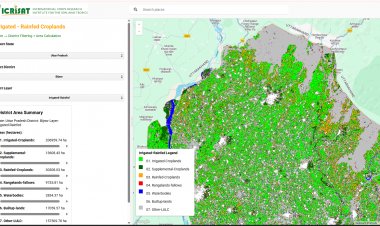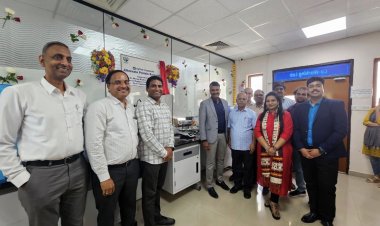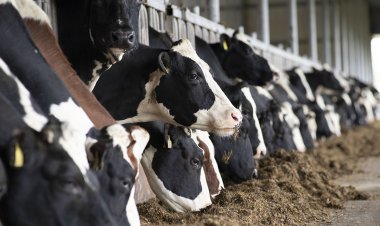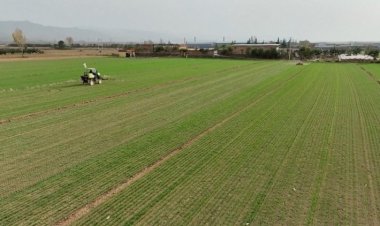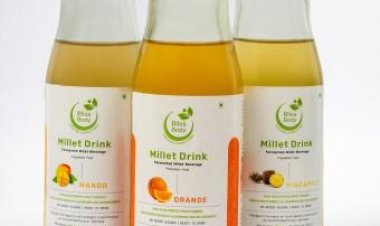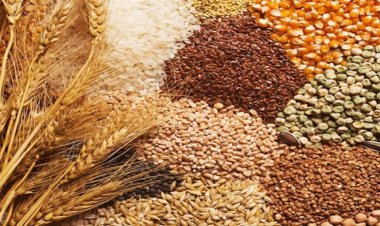ICAR lab developing bioactive mangoes
The Central Institute for Subtropical Horticulture (CISH), a specialty laboratory of the ICAR, has been conducting advanced research to develop bioactive mango varieties for greater health benefits as well as increasing farmers’ income.
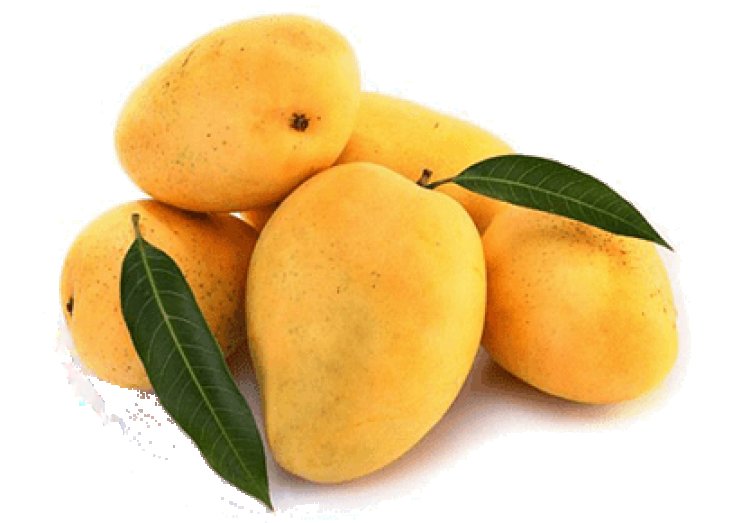
Lucknow
It is not without reason that mango is fondly referred to as the ‘King of Fruits’ for its luscious taste, fleshy texture and aroma.
Not only does mango have a popular gastronomical appeal but it is also acknowledged for its wide range of medicinal properties. It has been a staple of India along with parts of South-East Asia. During the mango season, people, especially children, fondly consume mango, which sufficiently addresses vitamin A deficiency.
Against this backdrop, the Central Institute for Subtropical Horticulture (CISH), a specialty laboratory of the Indian Council of Agricultural Research (ICAR), has been conducting advanced research to develop bioactive mango varieties for greater health benefits as well as increasing farmers’ income.
“Pharmacological and medical researchers are revealing the remarkable health benefits of mangiferin and lupeol, two important components of mango. These components have anti-cancer and heart-healthy properties, prompting our researchers to develop bioactive-compound-rich varieties,” Lucknow-based CISH Director Shailendra Rajan said.
Earlier, CISH was given the mandate to develop red-coloured varieties to tap into the export market, which was then dominated by the red-coloured mangoes from Brazil and other Latin American countries.
At that time, only red-coloured mangoes were known to the consumers in the United States and Europe. However, as people became more aware of the medicinal properties of mango due to the presence of bioactive compounds, a new focus on developing bioactive-compound-rich varieties has now emerged.
CISH has one of the world’s most diverse mango varietal collections, and an analysis of the fruits has revealed a wide range of variability in their bioactive compounds. “Apart from the known varieties, the Institute has developed a range of hybrids richer in these compounds when compared to traditional varieties,” Rajan informed.
Mangoes have been identified as a ‘super fruit’ due to the high concentration of vitamins, minerals, polyphenol antioxidants and a variety of other bioactive compounds like mangiferin and lupeol. The mango varieties differ in shape, colour, size, aroma, taste, and a variety of other characteristics. Similarly, they exhibit a wide range in bioactive compound contents too.
However, some commercial varieties have a high-market potential but low nutraceutical value. Some varieties contain a high concentration of these compounds but are unknown to the general public and therefore unavailable in the markets. The identification of higher nutraceutical value will aid in the recognition and popularity of the lesser-known varieties, allowing them to command a higher market price, experts have suggested.
So far, more than 100 mango varieties have been studied at CISH for nutraceuticals in pulp and peel. In addition to fruit pulp, mango peel contains a high concentration of these compounds.
For example, Amrapali contains a high concentration of flavonoids and carotenoids. The well-known variety of Langda is rich in antioxidant activity but low in carotenoids.
“The bioactive compounds lower blood glucose levels by preventing glucose absorption in the intestine. Mangiferin can help protect against breast and colon cancer. Mango lupeol has been shown to have a wide range of pharmacological activities against a variety of disease conditions, including inflammation, arthritis, diabetes, cardiovascular diseases, renal diseases, hepatic toxicity, microbial infections, cancer etc.” he added.
(Virendra Singh Rawat is a Lucknow-based financial and economic journalist.)



 Join the RuralVoice whatsapp group
Join the RuralVoice whatsapp group

















